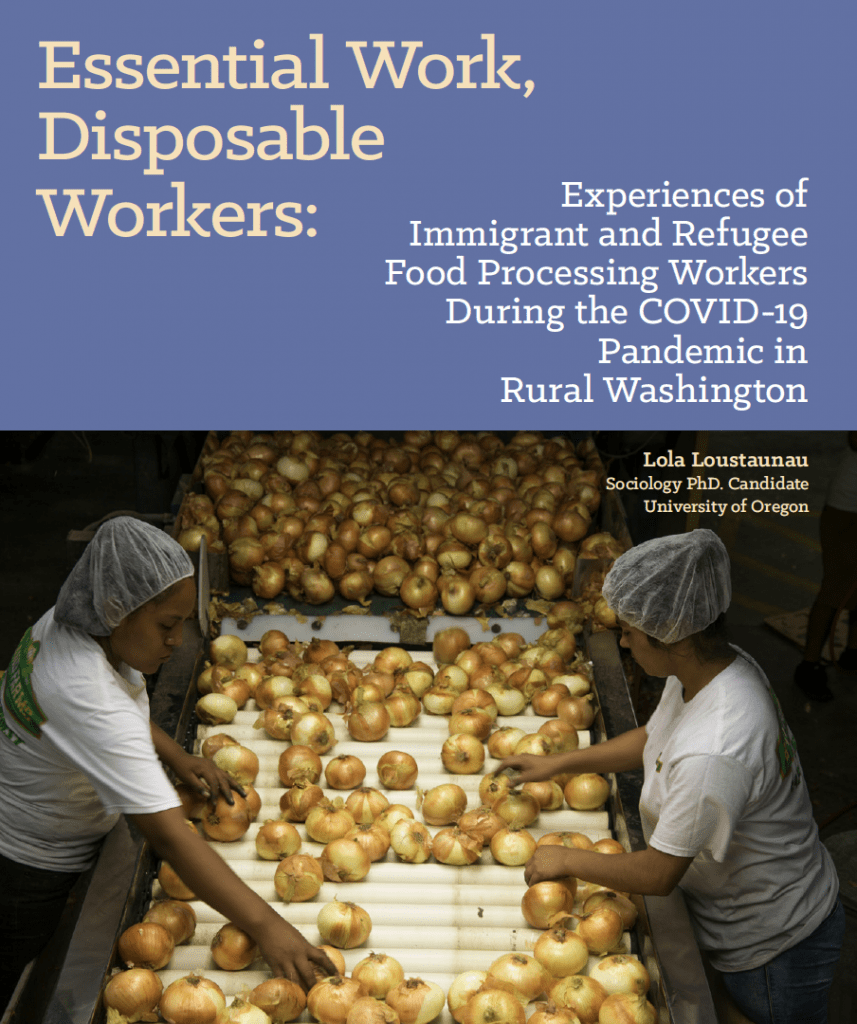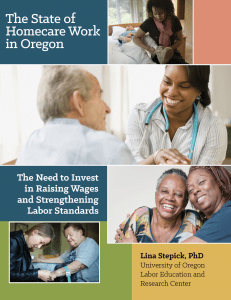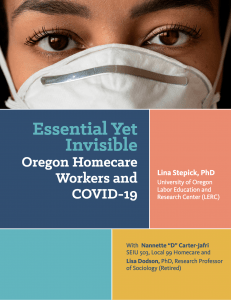The American Rescue Plan was signed into law on March 11th and will send close to $6 billion to cities, counties, universities, school districts, and state agencies across Oregon. While the Department of Education and the U.S. Treasury are still developing the detailed spending criteria, funds are expected to be dispersed starting in mid-May.
This is welcome news for Oregon’s public institutions, as well as for workers around the state. Federal assistance can be used to cover pandemic-related expenses, to provide premium pay to essential workers, to shore up infrastructure from buildings to broadband, and to assist businesses and community organizations hard-hit by the pandemic.
Based on federal funding formulas, and the way the Oregon Department of Education allocated previous stimulus monies, LERC faculty member Mark Brenner has pulled together a detailed estimate of how much the American Rescue Plan will provide every city, county, university, and school district across Oregon.
Download Detailed ARPA Funding Estimates here, and feel free to contact Mark Brenner mbrenner@uoregon.edu with any questions.
We will continue to update these estimates as more details are released from the U.S. Department of Education, the U.S. Treasury, and the Oregon Department of Education.



